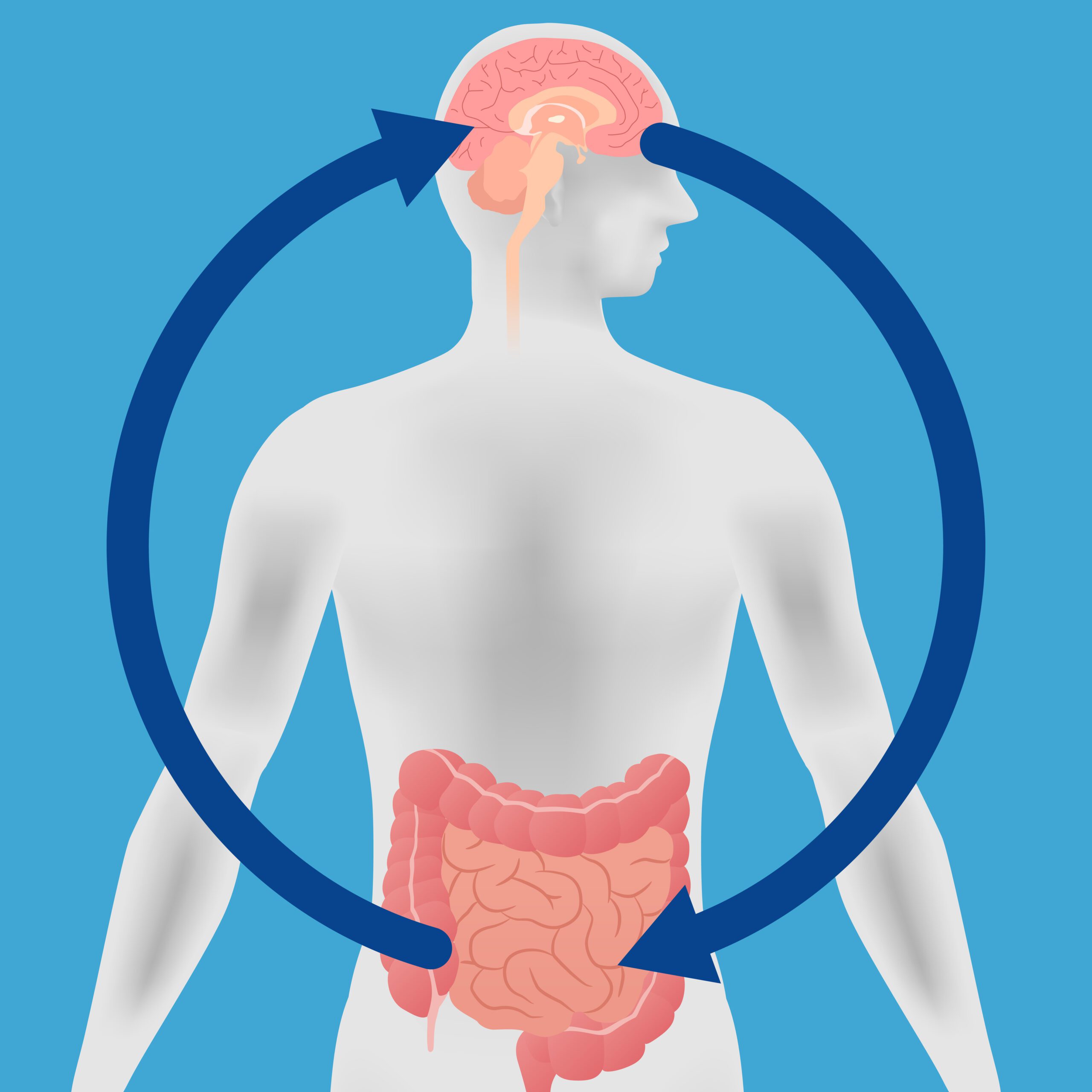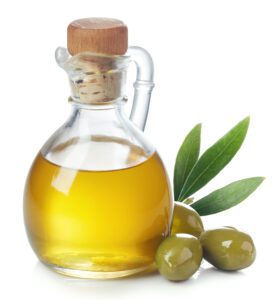New Research Is Now Warning People Of The Health Risks Associated With Bottled Water
June 5, 2024
 455
455 
A new study that used advanced laser technology found that bottled water contains massive amounts of tiny plastic particles, both microplastics and nanoplastics (less than 1 micrometer in size).
Researchers detected around 240,000 plastic particles per liter of bottled water on average. That is 10 to 100 times higher than previous estimates.
A full 90% of the detected particles are nanoplastics,. Nanoplastics are extremely small and difficult to identify. However, new scientific techniques are now able to detect these smaller nanoplastics.
Scientists surmise that these small plastic particles may originate from the plastic bottles themselves due to shedding plus from the plastic components used in water treatment and filtration processes.
The health impacts of ingesting these plastic particles are still unknown because the research is so recent. However the widespread presence of these micro and nanoplastics in bottled water and other beverages is cause for concern
1. Smaller studies suggest that plastic particles can cross the blood-brain barrier and placenta showing that the body can absorb them. They can also be detected in human urine,
These plastics contain chemicals like phthalates and BPA that are endocrine disruptors and have been linked to fertility issues, altered brain development, cancer, and heart complications if ingested.
The biggest problem is that plastic particles are not biodegradable. As a result, they accumulate in the body over time raising the potential for longer term health hazards.
Highly processed foods and beverages are even more dangerous because they more likely than not contain higher levels of plastic contamination.
More research is needed to determine the reliability and validity of the data that is specific to its health risks.
The best brands showing the lowest microplastic contamination ( averaging only 30.0 and 63.1 plastic particles per liter) are San Pellegrino and Minalba.
A glass bottle of water from Gerolsteiner contained less plastic contamination (93 particles/L) compared to the Gerolsteiner plastic bottle water (1,410 particles/L). This shoes that plastic bottles are a major source of platic particles due to the particle shedding.
Nestle Pure Life and plastic-bottled Gerolsteiner showed the highest plastic particle densities at 930 and 807 particles per liter respectively.
Major brands like Aquafina, Evian, and Nestle Pure Life had plastic contamination in 93% of samples tested across various countries.
It is clear from the research that no brands of bottled water whether plastic or glass are completely free of plastic particles.
It is also clear, when given a choice, you should choose clear glass bottles like San Pellegrino and Minalba.
Nanoplastics are much smaller (1nm to 1μm) that allows them to penetrate cells and tissues more easily.
Nanoplastics are more reactive and able to absorb pollutants like heavy metals that increases their toxicity.
Nanoplastics are mobile and can reach into the atmosphere and be transported over long distances.
Nanoplastics are more abundant in the environment due to the massive amounts of plastic waste.
They can accumulate in organisms over time since they ate not readily biodegradable.
Humans can inhale these particles everyday so they are constantly building up in organisms and causing health issues. In fact, it is believed that humans can inhale up to 22 million nanoplastic particles per year! Just imagine what that can do to your body and brain!
That is why it is important to help fund organizations like The Ocean Cleanup, a Dutch non-profit that has developed technologies to remove plastic from the ocean and rivers. Their goal is to remove up to 90% of floating plastic by 2040. and thjey have already removed millions of pounds of plastic, including but not limited to 220,000 pounds from the Great Pacific Garbage Patch.
4Ocean is another environmental organization who is dedicated to the removal of plastic and trash from oceans, rivers, and coastlines around the world. As of 2022, they removed over 25 million pounds of trash from the ocean by way of their cleanup efforts funded by product sales. You can buy and bracelet to support their efforts at 4Ocean.com
Nanoplastics cross blood-brain barrier and placenta that allows them to reach our organs and tissues.
They can also induce oxidative stress, and trigger inflammatory responses inside cells.
Nanoplastics may disrupt also cause reproductive abnormalities, growth inhibition, and increased mortality in organisms.
The unique properties of nanoplastics like high reactivity, mobility, abundance, bioaccumulation potential, and ability to cross biological barriers suggests they pose a greater threat to human health than many other environmental pollutants.
In summary, there is a widespread presence of micro and nanoplastics in bottled water. While there is strong scientific evidence on the specific human health consequences of ingesting these particles, more research is needed to understand exposure levels, toxicity, and potential long-term effects to better assess the risks.
However, do not hold your breath!
There are obvious valid concerns from businesses who rely heavily on plastic packaging who are afraid of the potential cost and associated with banning certain plastic products or even implementing stricter regulations.
The bottom line is that businesses will not change what they are doing unless it is legislated or if they can find a better and cheaper alternative. Many businesses who rely heavily on plastic packaging will resist outright bans by citing the reasons that include higher costs, supply chain disruptions, lack of alternatives, public backlash, and no viable alternatives.
We need to protect ourselves. By choosing healthier alternatives, using proper recycling and limiting the use of plastic in our daily lives, we can make a dent in the world wide pollution and give our children a better, healthier world with healthy diet foods.
Here are 5 tips for consumers to limit the amount of plastic they use:
https://lamont.columbia.edu/news/bottled-water-can-contain-hundreds-thousands-previously-uncounted-tiny-plastic-bits-study
https://www.npr.org/2024/01/10/1223730333/bottled-water-plastic-microplastic-nanoplastic-study
https://www.wwf.org.uk/updates/top-tips-reduce-your-plastic-footprint
https://link.springer.com/article/10.1007/s10311-022-01539-1
https://www.ncbi.nlm.nih.gov/pmc/articles/PMC9026096/
https://www.iberdrola.com/sustainability/how-to-reduce-plastic-use
https://www.frontiersin.org/articles/10.3389/fnut.2022.910094/full
Breathing Plastic: The Health Impacts of Invisible Plastics in the Air


Nanoplastics are extremely small plastic particles that range in size from 1 to 1000 nanometers (nm) To put this in perspective, they are much smaller than microplastics, which are typically less than 5 millimeters in size. Nanoplastics are so tiny that they are invisible to the naked eye and even under a simple microscope These […]


What is NAD? NAD, short for nicotinamide adenine dinucleotide, is a vital molecule found in every cell of your body, playing a key role in energy production, DNA repair, and overall cellular health. Often referred to as the “powerhouse molecule,” NAD levels naturally decline with age, leading to decreased energy, slower metabolism, and accelerated aging. […]


In recent years, the quality and authenticity of olive oil have come under scrutiny, with shocking revelations about widespread fraud in the industry. A groundbreaking episode of the popular news program “60 Minutes” shed light on this issue, exposing a disturbing trend of adulteration in many well-known olive oil brands The “60 Minutes” Investigation The […]